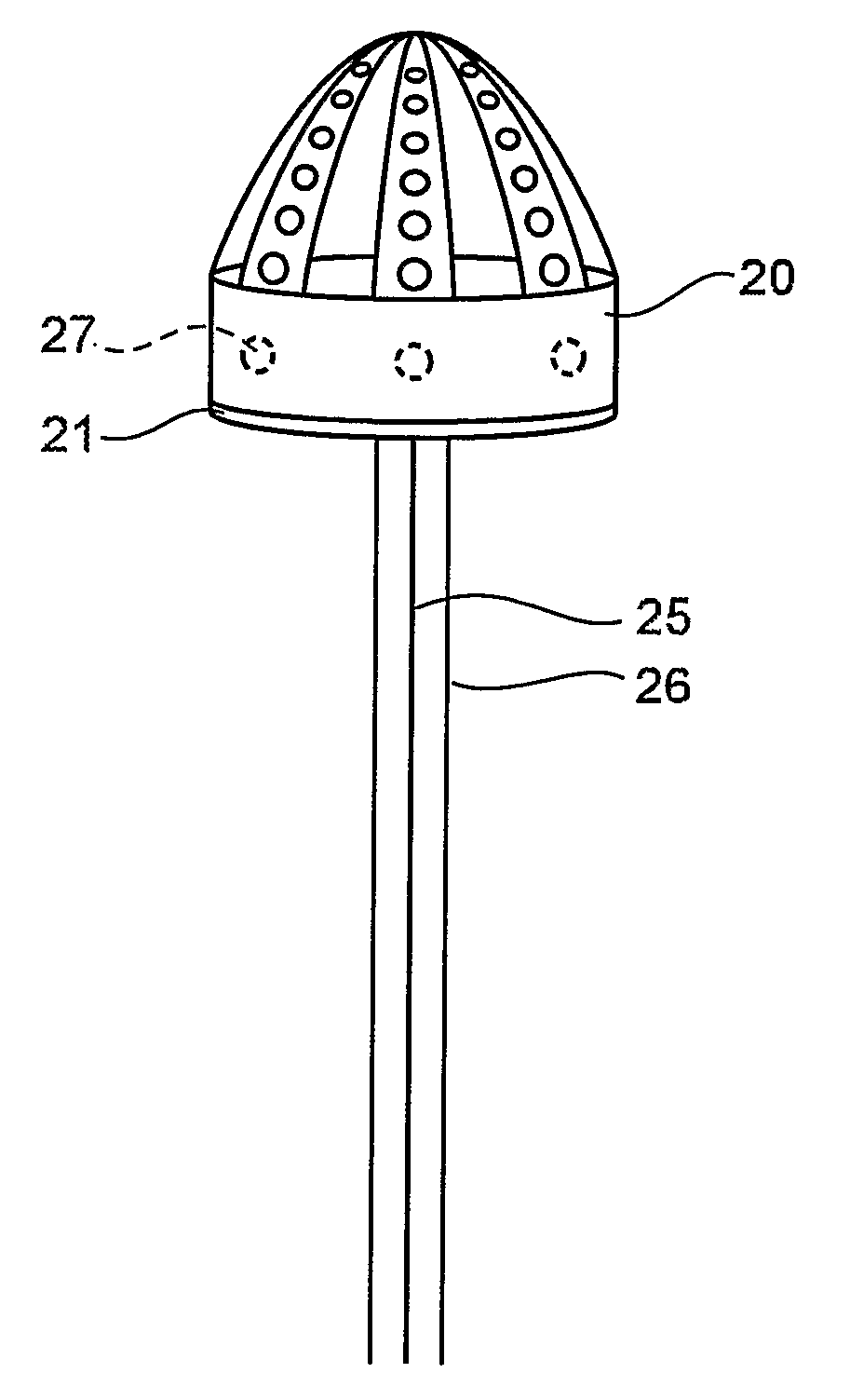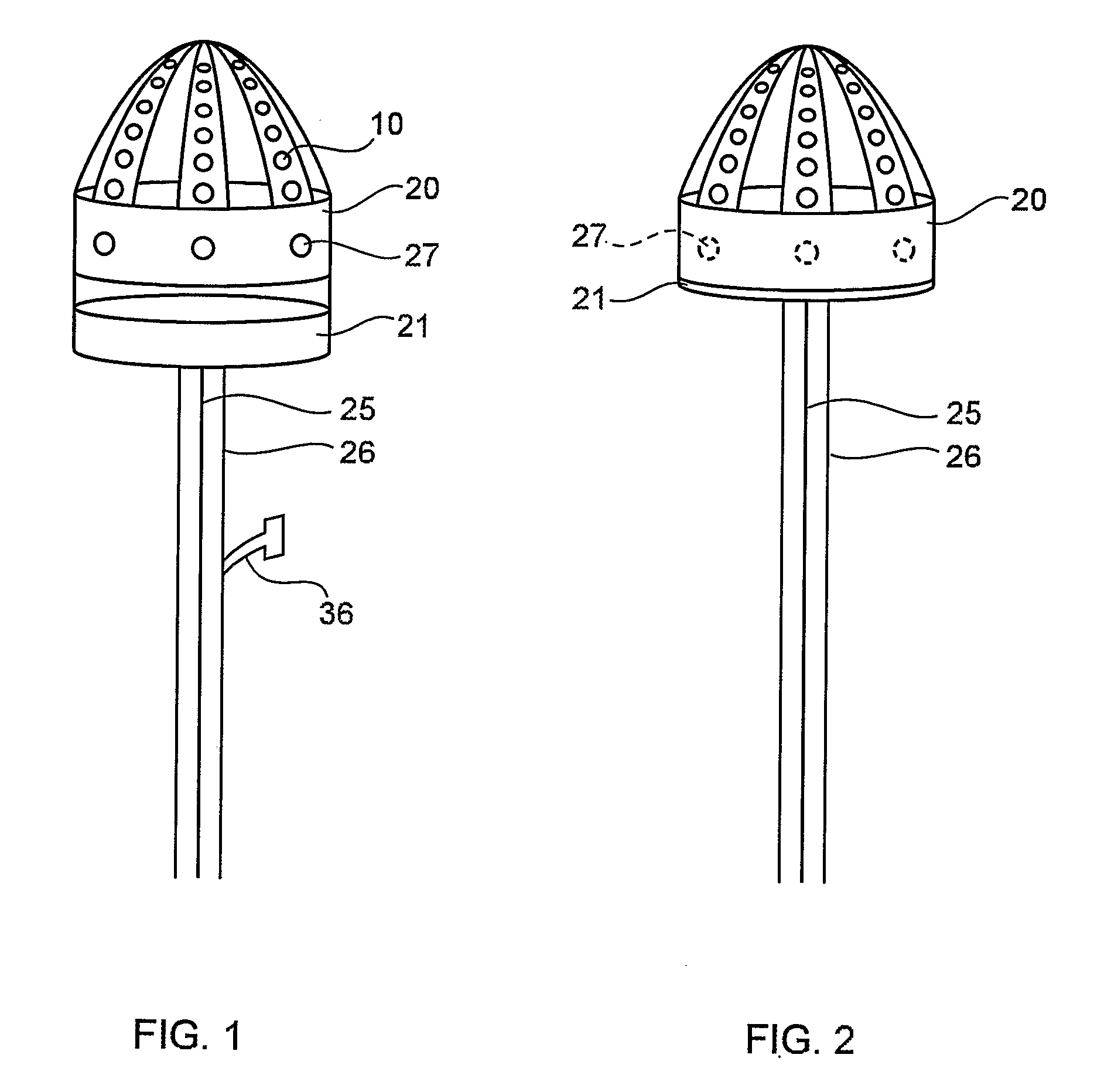Apparatus for Circumferential Suction Step Multibiopsy of the Esophagus or Other Luminal Structure with Serial Collection, Storage and Processing of Biopsy Specimens within a Removable Distal Cassette for In Situ Analysis
a multi-biopsy and esophagus technology, applied in the field of apparatus for circumferential suction step multi-biopsy of the esophagus or other luminal structure with serial collection, storage and processing of biopsy specimens in situ, can solve the problems of inconvenient use, frequent loss of minute specimens, contamination, etc., and achieves the effect of precise identification of the biopsy site and simple us
- Summary
- Abstract
- Description
- Claims
- Application Information
AI Technical Summary
Benefits of technology
Problems solved by technology
Method used
Image
Examples
Embodiment Construction
[0042]For purposes of promoting an understanding of the principles of the invention reference will now be made to the embodiment illustrated in the drawings and specific language will be used to describe the same. It will nevertheless be understood that no limitation of the scope of the invention is thereby intended, such alterations and further modifications in the illustrated device, and such further applications of the principles of the invention as illustrated therein being contemplated as would normally occur to one skilled in the art to which the invention relates.
[0043]FIGS. 1 and 2 show the device according to the invention, which acquires specimens 10 through a circumferential suction step multibiopsy cutting cassette 20. The blade 21 of the cassette is connected to the central actuator wire 25 inside a relatively large central tube shaft lumen 26 with a side arm 36 for suction or irrigation. The tube shaft 26 is sealed distally to the proximal part of the cassette. Actuato...
PUM
 Login to View More
Login to View More Abstract
Description
Claims
Application Information
 Login to View More
Login to View More - R&D
- Intellectual Property
- Life Sciences
- Materials
- Tech Scout
- Unparalleled Data Quality
- Higher Quality Content
- 60% Fewer Hallucinations
Browse by: Latest US Patents, China's latest patents, Technical Efficacy Thesaurus, Application Domain, Technology Topic, Popular Technical Reports.
© 2025 PatSnap. All rights reserved.Legal|Privacy policy|Modern Slavery Act Transparency Statement|Sitemap|About US| Contact US: help@patsnap.com



